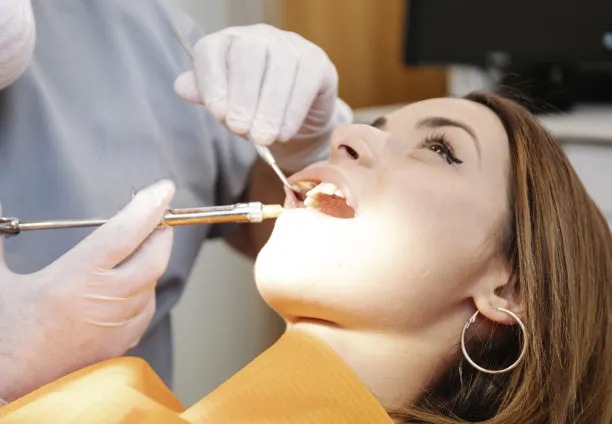Understanding the Process and Importance of Extracting a Tooth for Your Dental Health and Well-being
Summary: Tooth extraction is often necessary for maintaining optimal dental health and overall well-being. This procedure can address various dental issues, including severe decay, crowding, or periodontal disease. Understanding the extraction process empowers patients to make informed decisions about their dental care. This article explores the reasons for tooth extraction, the procedure itself, post-extraction care, and the long-term benefits of removing problematic teeth. By acknowledging these aspects, individuals can appreciate the importance of staying proactive about their dental health and ensuring a healthy smile.
1. Reasons for Tooth Extraction: Understanding the Causes

Tooth extraction is often required for multiple reasons, primarily when a tooth is irreversibly damaged or poses a risk to surrounding teeth. Dental decay is one of the most common causes necessitating extraction. When a cavity extends deeply into the tooth, it can lead to infection or even abscess formation, ultimately prompting the need for extraction.
Crowding is another reason for tooth extraction, especially before orthodontic treatment. Dentists may recommend removing certain teeth to create space for others, ensuring a properly aligned and healthy bite. Wisdom teeth removal is common for this purpose, as these third molars often lack adequate space to emerge properly.
Periodontal disease is another significant cause of tooth extraction. This condition affects the gums and bone supporting the teeth, leading to tooth mobility and potential loss. If gum disease becomes severe, saving the affected tooth may become impossible, requiring extraction to prevent further complications.
2. The Tooth Extraction Process: What to Expect
The tooth extraction process begins with a thorough dental examination, including X-rays, to assess the tooth’s condition and plan the procedure. Upon entering the dental office, a patient will receive anesthesia, ensuring comfort during extraction. This can be local anesthesia, numbing only the specific area, or sedation anesthesia if the patient is anxious or requires a more extensive procedure.
Once the anesthesia takes effect, the dentist will proceed with the extraction, which may involve grasping the tooth with forceps and gently rocking it back and forth to loosen it. In some cases, surgical extraction may be necessary, which involves opening the gum tissue for impacted teeth or removing bone around the tooth.
3. Post-Extraction Care: Ensuring Proper Healing
Post-extraction care is crucial for optimal healing and recovery. After the procedure, patients are advised to follow specific guidelines to manage discomfort and prevent complications. This may include resting, avoiding strenuous activities, and using ice packs on the affected side to minimize swelling.
Its also important to maintain oral hygiene by gently rinsing the mouth with warm salt water after 24 hours. This helps keep the extraction site clean and promotes healing. Patients should avoid using straws, as the suction can dislodge the blood clot forming in the socket, leading to a painful condition known as dry socket.
Following the dentists post-operative instructions, patients can expect mild discomfort, which can typically be managed with over-the-counter pain relievers. If pain persists or worsens, its essential to contact the dental provider for further evaluation.
4. Long-term Benefits of Tooth Extraction for Dental Health
Although tooth extraction may seem daunting, its long-term benefits for dental health cannot be overstated. One significant advantage is the prevention of further dental issues. Removing a compromised tooth can eliminate pain and infection risks, allowing patients to maintain their overall health and quality of life.
Additionally, tooth extraction can improve oral function. For instance, removing overcrowded teeth can facilitate better alignment for remaining teeth, enhancing chewing ability and speech. Properly aligned teeth can also help prevent excessive wear on specific teeth, promoting a longer functional lifespan for the patient’s smile.
Moreover, maintaining good dental hygiene becomes easier after extraction, as it allows for better access to remaining teeth, reducing the risk of future decay and gum disease. The overall improvement in oral health can lead to increased confidence and a better quality of life.
Summary:
Understanding the process and importance of tooth extraction plays a vital role in maintaining good dental health. From identifying the reasons necessitating extraction to adhering to post-operative care instructions, knowledge can empower patients to make informed dental decisions. Embracing this essential dental procedure ultimately leads to an improved oral condition and enhanced well-being.
This article is compiled by Vickong Dental and the content is for reference only.


